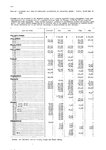GrauGeist
Generalfeldmarschall zur Luftschiff Abteilung
The PT boat guys sure liked it when the AAF guys got rid of the Oldsmobile 37mm, they used that on their boats and it was such a hit, later PT boats were manufactured with the 37mm as standard equipment.

